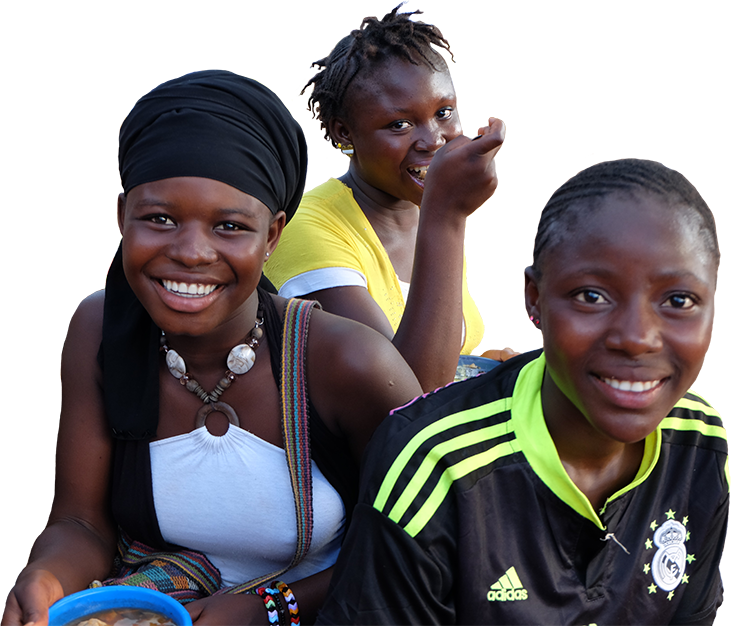Nutrition services typically do not prioritize adolescents and adolescent-friendly health services rarely include nutrition. Nutrition services need to be responsive to adolescents’ unique needs and priorities and address the barriers they face in accessing services. Programs must consider the diversity of adolescents’ situations and experiences, as well as the varied social norms and expectations of adolescents in the family and community. The Adolescent Nutrition Resource Bank includes guidelines and tools used in nutrition services for adolescents.If you have relevant service delivery documents or tools, please send them to info@advancingnutrition.org.
We found 136 resource(s)
Eating Disorders during Adolescence: Nutritional Problems and Interventions
eLearning published by University of Washington in
This website is a reference for health care professionals, students, educators, and parents to understand eating disorders and their impact on adolescence. The website's objectives are to—review the principle nutritional conditions, problems, and treatments of eating disorders during adolescence; describe the consequences of nutritional…
Afghanistan Food Security and Nutrition Agenda (AFSANA)
Policy published by Government of the Islamic Republic of Afghanistan in
The Afghanistan Food Security and Nutrition Agenda provides an overarching approach for addressing the causes of food and nutrition insecurity. The agenda incorporates adolescent nutrition, including self-care to prevent and treat nutritional disorders, counseling, and operations research to be conducted by the ministries of public health and…
Madagascar Plan National D'Action pour la Nutrition (PNAN II) (2012-2015)
Policy published by Republic of Madagascar in
This document contains Madagascar's overarching nutrition strategy for 2012 to 2017 (PNAN II). PNAN II laid the foundation for including adolescent nutrition in the national nutrition strategy. One of PNAN II's primary interventions is the promotion of nutrition for children and youth ages 13 to 20.
Making Health Services Adolescent Friendly: Developing National Quality Standards for Adolescent-Friendly Health Services
Guideline/Guidance published by WHO in
This guidebook presents the public health rationale for making it easier for adolescents to obtain the health services they need to protect and improve their health. It provides step-by-step guidance on developing quality standards for health service provision to adolescents and on identifying actions to assess whether the standards have been met…
Prevention of Iron Deficiency Anemia in Adolescents: Role of Weekly Iron and Folic Acid Supplementation
Guideline/Guidance published by WHO in
This document presents a brief review of the evidence on weekly iron-folic acid supplementation (WIFS) from the scientific literature. It presents the findings from several developing countries in Asia, Africa, and South America.
Rethinking School Health: A Key Component of Education for All
Occasional Paper published by World Bank in
This e-book highlights the relationship between child health and education, in terms of access to education and ability to obtain the maximum benefits from education. It describes effective health and nutrition interventions delivered through school health programs and outlines the role of partnerships and multi-sectoral approaches.
Weekly Iron and Folic Acid Supplementation for Women of Reproductive Age: An Analysis of Best Programme Practices
Technical Report published by WHO in
This document summarizes the lessons learned and best practices from ten WIFS programs for women of reproductive age (WRA). It is intended to serve as guidance to support advocacy, accelerate planning, and strengthen implementation of WIFS programs for WRA by program planners and managers.
Adolescent Job Aid: A Handy Desk Reference Tool for Primary Level Health Workers
Guideline/Guidance published by WHO in
The Adolescent Job Aid is intended for primary healthcare workers who see and treat adolescents. It contains guidance on commonly occurring conditions or concerns that may or may not adolescent-specific (e.g. delayed menarche, STIs). Part 1 contains clinical guidance on a variety of health topics; Part 2 contains algorithms (step-by-step guide for…



